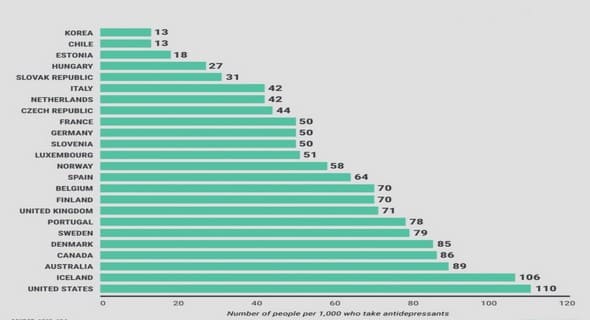(Downloads - 0)
For more info about our services contact : help@bestpfe.com
Table of contents
CHAPTER I. GENERALITIES
I.1. INTRODUCTION
I.1.1 Context and justification
I.1.2 General and specific objectives
I.1.1.1. General objective
I.1.1.2. Specific objectives
I.1.3 Research hypothesis and questions
I.2. LITERATURE REVIEW
I.2.1. Forest-savanna ecotone in tropical areas: definitions and concepts
I.2.2. Major drivers and processes shaping the distribution of forest-savanna vegetation
I.2.2.1. Role of climate
I.2.2.2. Role of fire
I.2.2.3. Role of herbivory
I.2.2.4. Role of soil and topography
I.2.3. Dynamics of forest-savanna ecotone in Central Africa
I.2.4. Remote sensing-based modelling of vegetation structure and dynamics in forest-savanna transitional areas
I.2.4.1. Mapping aboveground biomass
I.2.4.2. Mapping species diversity and vegetation types
I.2.4.3. Monitoring land cover changes and disturbances
CHAPTER II. MATERIAL AND METHODS
II.1. MATERIAL
II.1.1. Study site
II.1.1.1. Location
II.1.1.2. Vegetation
II.2. METHODS
II.2.1. Data collection
II.2.1.1. Field data collection
II.2.2.2.1. Forest sampling
II.2.2.2.2. Savanna sampling
II.2.2.2.3. Estimating AGB from plot data
II.2.1.2. Spatial data collection
II.2.2.2.1. Airborne LiDAR sampling
II.2.2.2.2. Satellite data sampling
II.2.2. Spatial and statistical analysis
II.2.2.1. Land cover mapping
II.2.2.2.1. Image classification
II.2.2.2.2. Accuracy assessment
II.2.2.2. Mapping functional attributes of the vegetation
II.2.2.2.1. Aboveground biomass
II.2.2.2.2. Spectral floristic assemblages
II.2.3. Monitoring vegetation dynamics in Google Earth Engine
II.2.3.1. Aggregating temporal images for landcover change analysis
II.2.3.2. Mapping forest and savanna using supervised methods
II.2.3.3. Mapping forest and savanna using automated-unsupervised method
II.2.3.4. Generating transition maps
II.2.3.5. Mapping fire frequencies
CHAPTER III. RESULTS AND DISCUSSION
III.1. RESULTS
III.1.1. Distribution of the vegetation types and structure within the study area
III.1.1.1. Spatial distribution of the vegetation types from satellite data
III.1.1.2. AGB estimation from ALS data
III.1.1.3. AGB estimation from optical satellite data
III.1.2. Variation in the vegetation structure after four decades of monitoring
III.1.2.1. Vegetation cover change
III.1.2.2. Functional change
III.1.3. Fire influence on land cover dynamics
III.1.3.1. Influence of fire frequency on forest transition
III.1.3.2. Influence of fire frequency on savanna structure
III.1.4. Species succession dynamics
III.1.4.1. Gradients in floristic composition
III.1.4.2. Species succession
III.2. DISCUSSION
III.2.1. Variation in the vegetation types and structure across the study area
III.2.1.1. Spatial distribution of the vegetation types in the Nachtigal area
III.2.1.2. Landscape-scale AGB estimation
III.2.1.3. Differences in the structure and floristic composition between the Nachtigal area and the Mpem et Djim NP
III.2.2. Vegetation change patterns
III.2.2.1. Long-term (1975-2020) forest expansion
III.2.2.2. Performance of automated cloud computing and Landsat image archives in modelling land cover dynamics
III.2.2.3. Spectral composition structuring along a forest succession
III.2.2.4. AGB recovery along a forest succession
III.2.3. Influence of fire on vegetation dynamics
III.2.3.1. Performance of Landsat data in characterising fire frequency
III.2.3.2. Fire influence on savanna structure and dynamics
III.2.4. Species succession dynamics
III.2.5. Implication for conservation and management
CHAPTER IV. CONCLUSION AND PERSPECTIVES
IV.1. CONCLUSION
IV.2. PERSPECTIVES
REFERENCES




